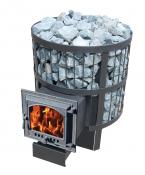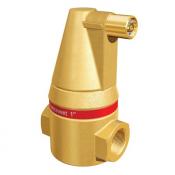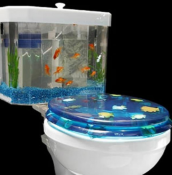Search
Login
DIY garden paths
The best decoration of the garden and yard is a green lawn, but constant loads on it only spoil the view. It is convenient and pleasant to walk along paved paths. From which to lay the paths, the owner decides. But you need to know that the stone for paving paths, porches and platforms should be non-slippery, frost-resistant, easy to care for and beautiful.
Content
- Overview of types of paths made of natural stone
- Brick brick video
- Concrete tile and pavers video
- Clinker tiles and porcelain tiles
Overview of types of paths made of natural stone
Paths and platforms made of natural stone look very impressive and noble in combination with greenery.

If the tracks are correctly laid, they withstand a long load and serve for many years.
For paving garden paths, paving stones and limestone are often used (from granite, dolomite, basalt, talc magnesite, schungite, quartzite, limestone, sandstone).
Well-proven natural stone for cladding retaining walls. In garden design, natural stone is often used to decorate garden vases. The banks of artificial reservoirs are often covered with natural stone (pebbles, pebbles, etc.).
chipped talc magnesite paving stones
Chipped paving stones made of talc magnesite are an excellent material for paving garden paths. Due to its very high durability properties, in addition to its durability, frost resistance, it can be used not only for paving paths, but also fountains, sculptures and benches.

It does not absorb moisture at all, which means it is not afraid of either rain or snow.
paving stones (stones in the form of bars)
Paving stones (stones in the form of bars) are presented on the market in the form of chipped, sawn or sawn-chipped, such paving stones can be laid as you like, according to pre-designed patterns (rows, arcs, fan, around the circumference).

It is laid on a previously prepared base of crushed stone or concrete, on a dry mixture. After laying, the paving stones are rammed with a vibrating plate, wake up with dry sand
limestone garden path
The track made of flagstone, flagstone looks spectacular, it is a flat stone of various sizes, with a thickness of 2-7 cm. It can be laid on mortar, dry mix, sand.
The option of laying tracks from limestone is possible with a sufficiently large distance between adjacent stones, and the seams between the stones are seeded with grass.
Such tracks look spectacular in large areas.
Brick brick
Clinker brick walkways are one of the oldest ways to pave walkways. Clinker brick is different from

usual more attractive appearance, less thickness and increased moisture resistance.
Clinker brick is laid on a layer of sand or stone chips, while between the bricks, it is necessary to leave 3 mm spaces, then fill them with material that allows water to pass through (for example, sand), this will prevent water from collecting on the track after rain.
Concrete tile and pavers
Concrete tiles and paving stones are the most popular material for paving a country house. This material is promoted by its low price compared with natural stone and, of course, a huge selection of textures, colors and patterns.

Due to the fact that the manufacturer has systematized geometric shapes and linear dimensions, it is easy to combine different types of pavers or tiles made of artificial stone with each other.
According to production technology, concrete tiles and pavers are divided into vibropressed and vibrocast.

Vibropressed paving elements, simpler in texture, not expensive. They are often used for paving large areas, namely: sidewalks, squares, warehouses.
Vibrocast paving elements are more decorative, they are used for paving paths and platforms in summer cottages.
When choosing a particular type of tile, you should pay attention to its characteristics:
- abrasion (about, 7-0.9 grams per square centimeter);
- compressive strength (32-39 MPa);
- water absorption (4-7%);
- frost resistance (not less than 200 cycles).
Clinker tiles and porcelain tiles
It is good to use ceramics, especially clinker tiles and porcelain tiles, to finish the floor and stairs at the entrance to the house, lining the areas around the pools, paving terraces and gazebos.
Clinker tiles have the properties to maintain their original appearance for many years, it is practically not subject to wear. Due to its qualities, it is very dense, waterproof, frost-resistant, durable, in addition, aesthetically very attractive material.

The colors of clinker tiles include mainly natural shades, such as terracotta, yellow, brown, beige, red, gray-green, black and others. Clinker tiles have been known since ancient times, but porcelain tile is a product of modern technology.
Porcelain tile was produced as a practical, inexpensive, environmentally friendly alternative to natural stone. Porcelain tile is not afraid of sudden changes in temperature, does not fade under the influence of ultraviolet radiation, and does not absorb water at all.
With all the above advantages, in terms of abrasion resistance, this material surpasses even natural granite.
Modern manufacturers have created a huge assortment of porcelain stoneware, using porcelain stoneware, you can create unusually beautiful flooring on terraces, gazebos, courtyards and patios.





